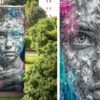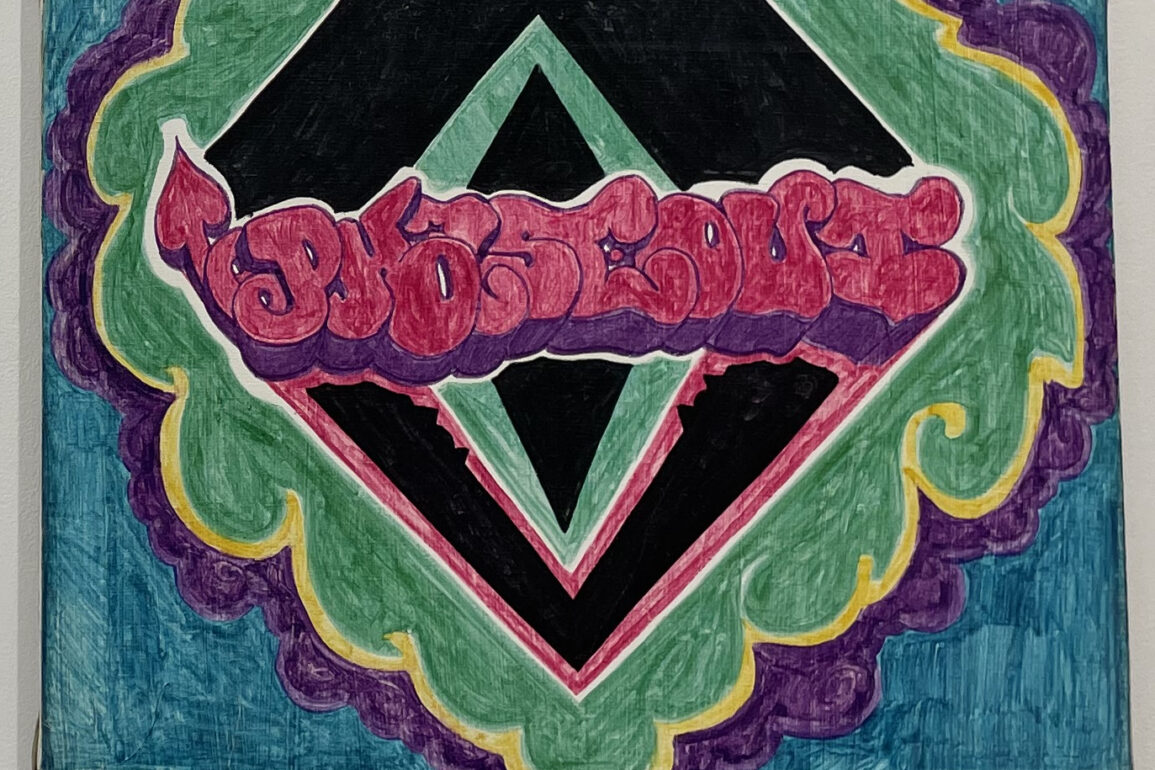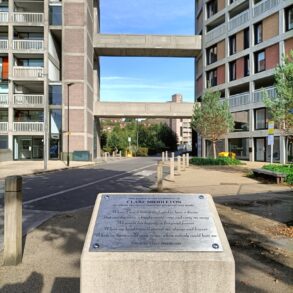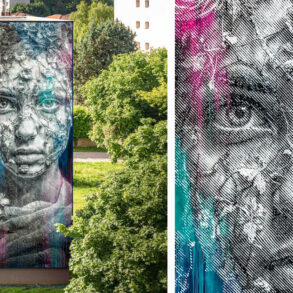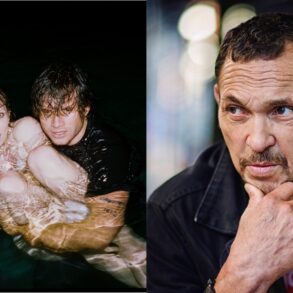In the storied histories of New York’s art scenes, the early years of graffiti have a magical sheen. They’ve been romanticized and cinematized so much that it’s hard to imagine what they were actually like for those of us who weren’t there. For this reason, and for the sheer excitement of it, Gordon Matta-Clark: NYC Graffiti 1972/3 at White Columns is not to be missed. Beginning in 1972, Matta-Clark took thousands of photographs of the city’s graffiti artists and their work. The show covers key years in the early 1970s when graffiti transitioned from a casual pastime to a serious artistic practice through artworks, archival items, newspaper clippings, and Matta-Clark’s photos.
At the time, Matta-Clark was already a well-known figure in New York’s downtown art scene; in addition to his avant-garde art practice, he cofounded White Columns (then called 112 Greene Street) as an alternative art space, as well as the legendary artist-run restaurant FOOD. Here, his gelatin silver prints of graffiti art, many of them hand colored, literally reframe the imagery as institutional art.

White Columns isn’t capacious enough for a comprehensive survey on the subject, but in a way, this is an asset: The exhibition has the feel of a time capsule that never veers too far into didacticism — nor does it overly valorize Matta-Clark’s role in this history despite his centrality to the space. The photographs are more important as historical records than artworks. As the latter, they walk a fine line between drawing attention to the graffiti artists and co-opting their work through the elder artist’s modified photos. To this end, the press release draws attention to the alliance between that art form and conceptual art, but what comes across most in the exhibition is the dynamic energy and creativity of the graffiti art. Better- and lesser-known names fill the walls of the largest room with paintings and marker drawings in vivid, glowing blues, cherry reds, yellows, and other jewel colors. An early sketch by Futura 2000, one of the show’s biggest names, sees an 18-year-old Futura experimenting with his tag in icy blue hues.
Didactics offer background on artists who were foundational to graffiti’s development as an art form, but didn’t become art world figures. One standout piece is an experimental marker drawing by SKJ 171 (1973) that places his tag on a white cloud-like shape sandwiched between irregular sky blue and purple zones. The text explains that he was an original member of United Graffiti Artists (UGA) and documented his and others’ artworks early on. Likewise, visitors learn that Topcat 126 brought the influential “Broadway Elegant” style of writing from Philadelphia to Manhattan in 1971. The thick ruby red letters at the bottom of his 1973 drawing are incandescent.
Vitrines filled with sketchbook pages, spray paint, and other items are even more intimate glimpses into the artists’ worlds. It’s these drawings, sketches, and paintings that make you feel like you were there.
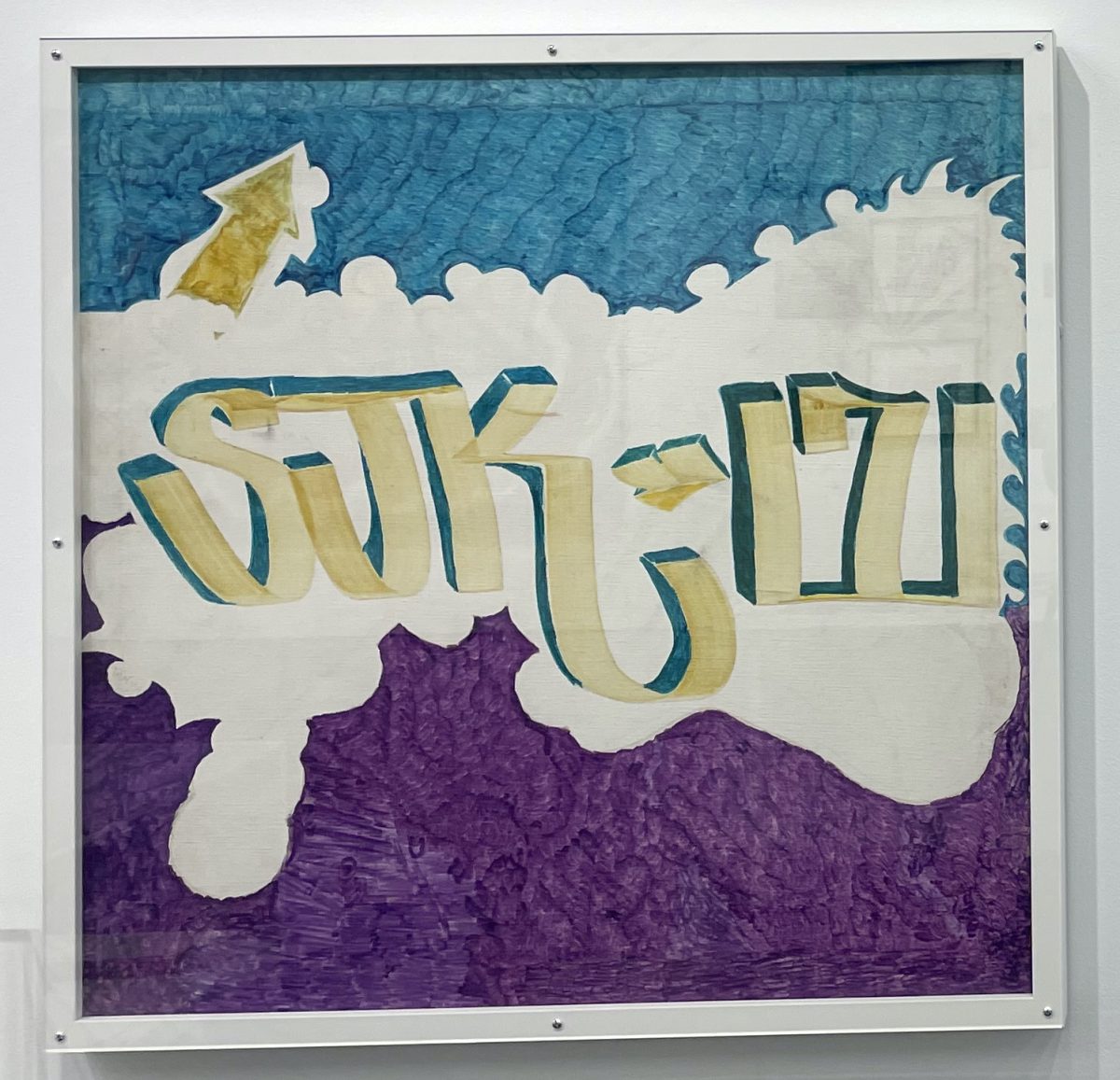
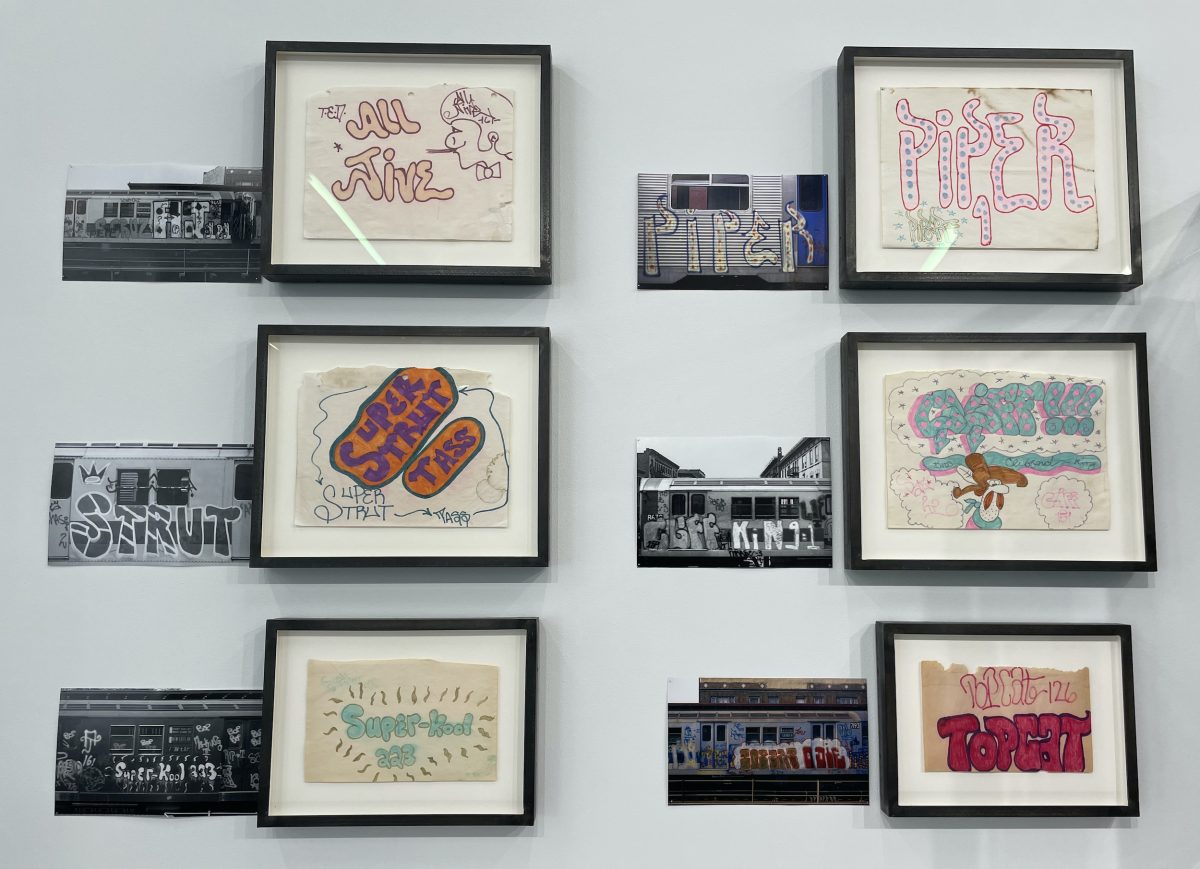
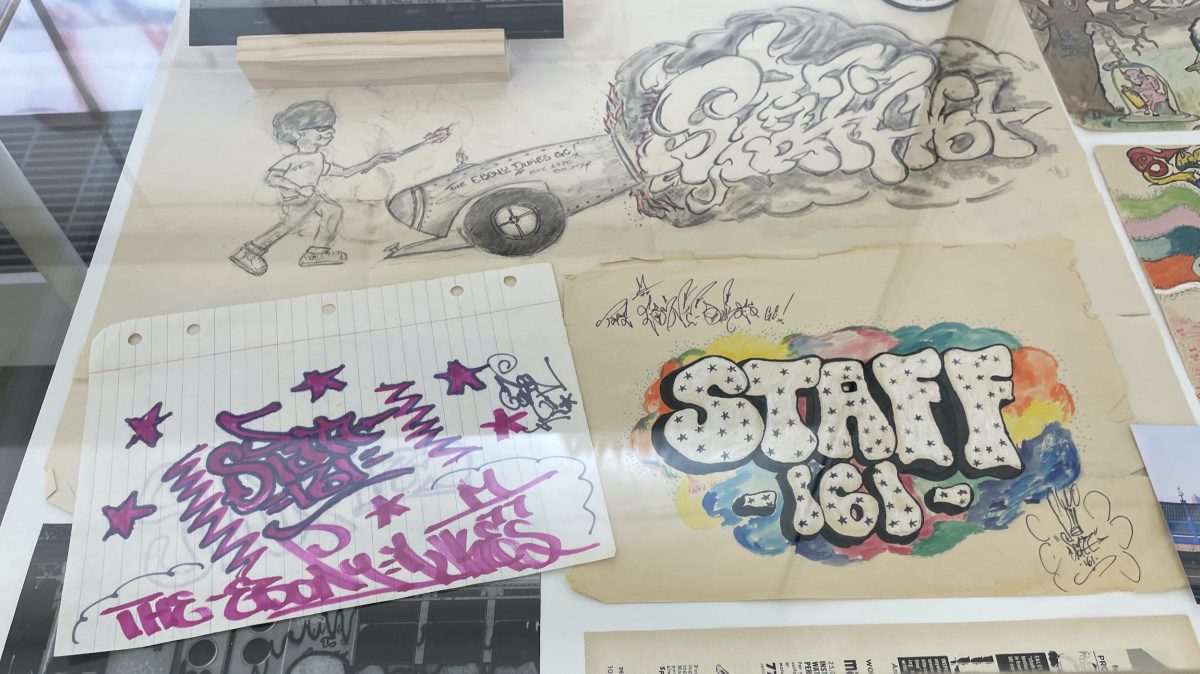

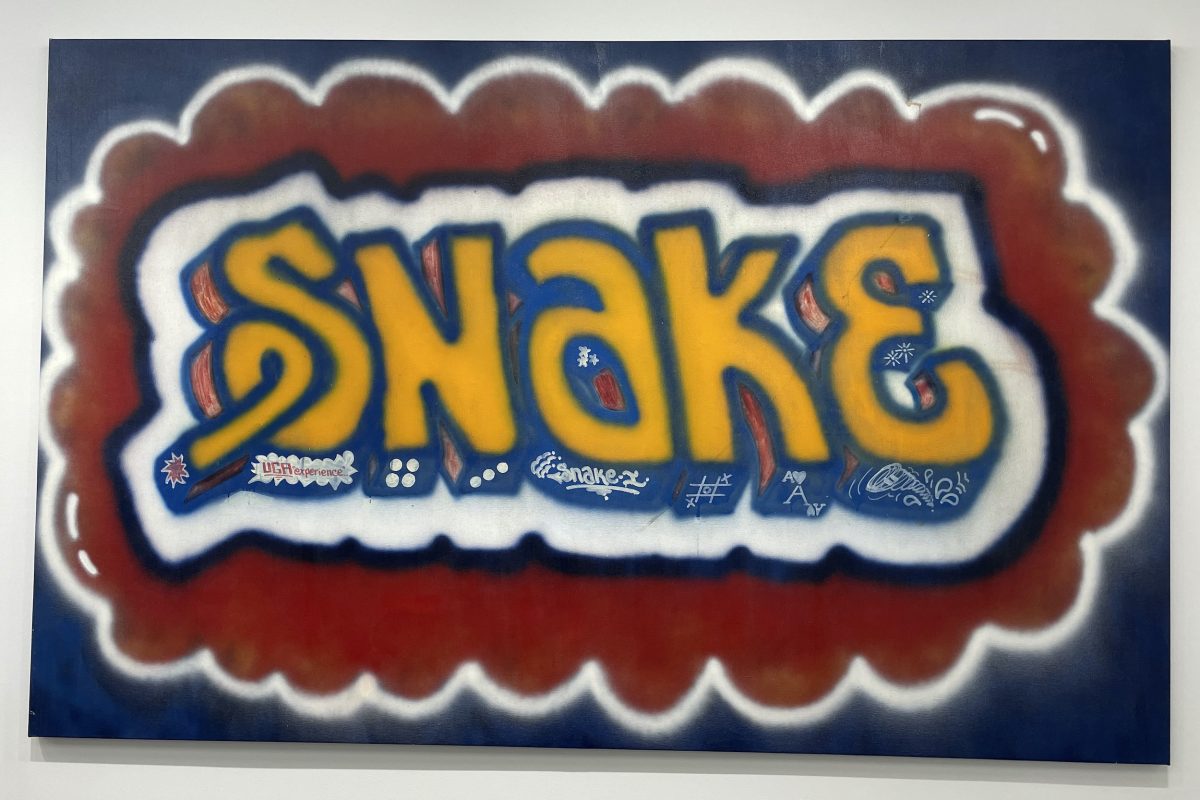
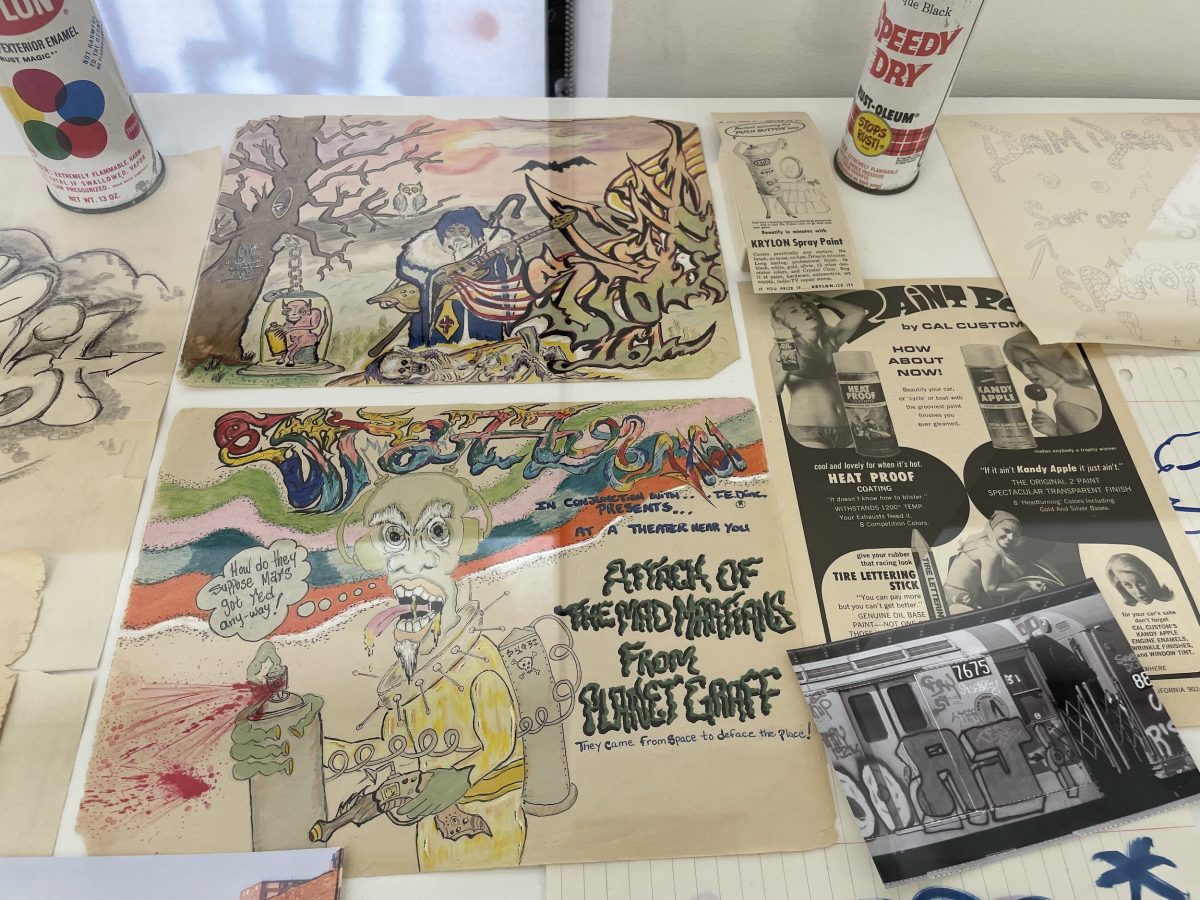
Gordon Matta-Clark: NYC Graffiti 1972/3 continues at White Columns (91 Horatio Street, West Village, Manhattan) through May 17. The exhibition was curated by Roger Gastman and Jessamyn Fiore.
This post was originally published on this site be sure to check out more of their content.


